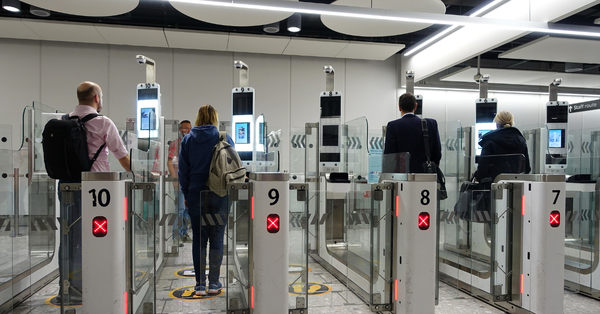You are viewing 2 of your 2 free articles
Government withholds data for amber destinations from public
The government has published details of the methodology behind the traffic-light system for international travel and the decisions on red, amber and green status and associated border restrictions.
It has also published a limited amount of the data on which recommendations to government are made by the Joint Biosecurity Centre (JBC).
Only data on the 12 initial green destinations and three additions to the red list – Turkey, the Maldives and Nepal – have been published so there is no way of assessing why most destinations are amber or how near some may be to being designated green.
More: Scotland adopts traffic-light travel system and 12 green list destinations
Government reveals green list as it confirms travel restart date
The relevant documents note countries “are assumed to be amber unless there is specific evidence to suggest they are green – presenting a low public health risk to the UK from all Covid-19 strains – or red”.
Red-list destinations are those “presenting a high public health risk from known variants of concern (VOC), high-risk variants under Investigation (VUI) or very high prevalence of Covid-19”.
Transport secretary Grant Shapps conceded the JBC “used pretty blunt data last year” in assessing destinations’ Covid-19 risk. But announcing the green list of destinations last week he insisted: “This year it is about variants of concern and the quality of the data.”
The monitoring and evaluation of variants depends on the ‘genomic sequencing’ of positive PCR test results for Covid-19. The UK accounts for about one third of the sequencing capacity in the world so tracking the variants depends in large part on PCR tests on arrivals to the UK.
Dr Jenny Harris, UK Health Security Agency chief executive, noted the PCR test on all arrivals to the UK “contributes both to UK knowledge and to the global knowledge” of variants.
The government has promised a ‘green watch list’ of countries at risk of becoming amber and said the data will be reviewed at three week intervals.
Data used in the assessments includes “UK mandatory day two and eight testing and sequencing” of travellers, the number of people tested over a four-week period, positive tests per week over a four-week period, “traveller positivity over a four-week period”, “number of variants of concern and high-risk variants under investigation detected over a four-week period” and the variant detection rate.
It also draws on country epidemiological data, reported new cases per 100,000 per week, reported tests per 1,000 per week, number of vaccination doses per 100 people and “wider contextual information”.
The government has previously said the JBC also takes account of the reliability of country data.
More: Scotland adopts traffic-light travel system and 12 green list destinations
Government reveals green list as it confirms travel restart date


















